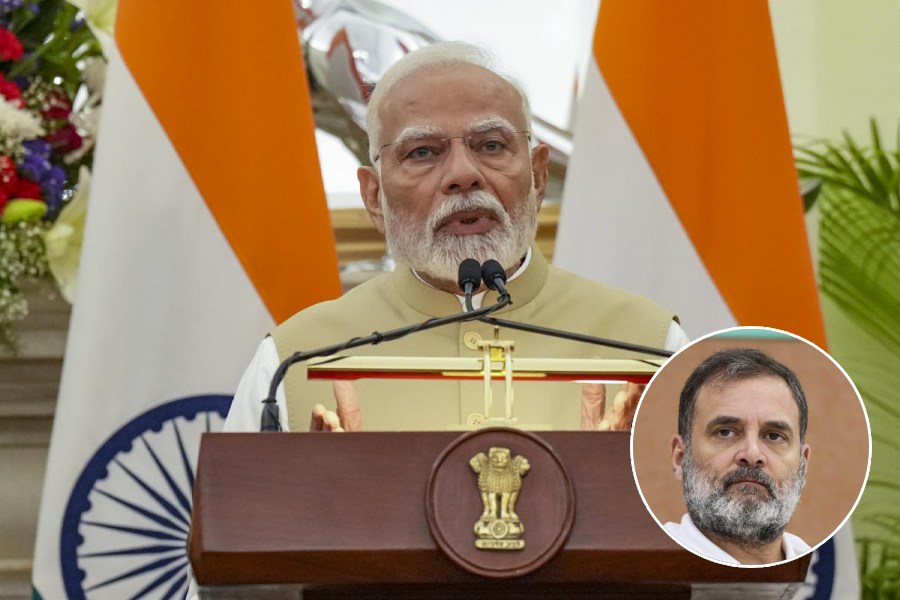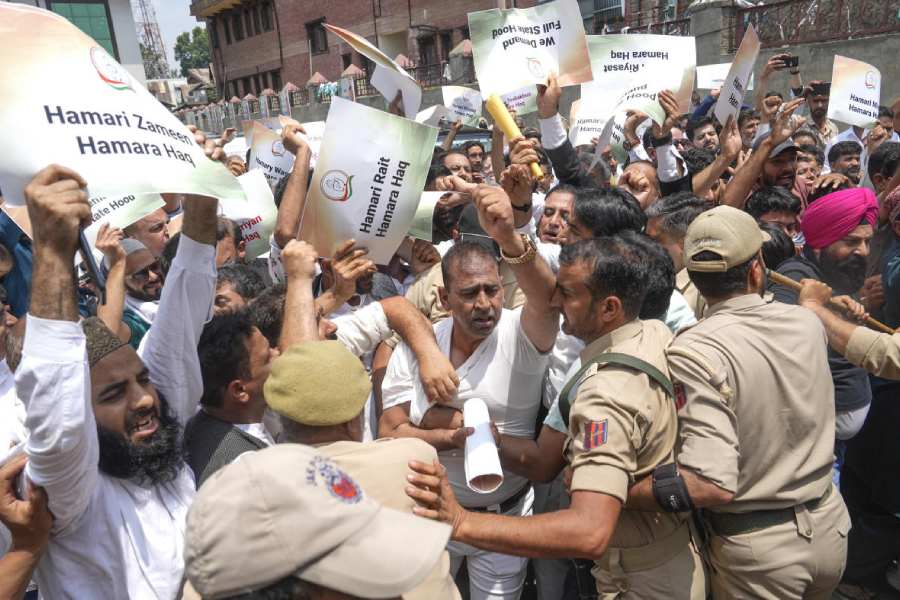
Buyers of flats and apartments are quite chuffed by the idea that the goods and services tax (GST) - due to be introduced from the midnight of July 1 - will bring down the realty prices but sceptics believe that the reality on the ground could be very different.
The optimists have bought into Union revenue secretary Hasmukh Adhia's argument that even though the GST rate for the sale of an apartment has been fixed at 12 per cent, the builders will be able to claim input tax credit on construction material including cement, sand, electrical fittings and paint which they have to pass on to the buyers.
"Builders and developers currently pay 4.5 per cent service tax for their constructions. Once the 'one nation, one tax' regime comes into effect, they will have to pay 12 per cent GST. However, they will be able to claim 'input tax credit' (ITC) on taxes paid while buying materials like cement, glass, steel, aluminium, tiles, electrical and sanitary fittings," Adhia said at a well-attended town hall meeting called to soothe fears about the impact of the imminent indirect tax reform last week. Input tax credit is a system which seeks to offer relief from double taxation on items used as inputs to make other items.
In theory, this is true. Except building bricks and sand which attract 5 per cent, most of the building materials like tiles, plaster, cement and marble will attract a 28 per cent levy. Builders can lower their tax burden by claiming credit for the taxes they have paid on these materials, which can be set off against the 12 per cent GST they charge from apartment buyers.
GST is a destination-based tax on the consumption of goods and services that will be levied at each stage of the value chain from manufacturing to final consumption with an built-in setoff mechanism to claim tax credits on earlier stages.
In effect, only value addition will be taxed and burden of tax will have to be borne by the final consumer.
Although the GST rules have an anti-profiteering provision that requires producers, retailers and service providers to pass on the benefits to end consumers, there are a lot of grey areas that have still to be sorted out. Result: it will be overly optimistic to expect that producers and service providers will easily transmit the tax benefits they enjoy because of the tax credit mechanism - as Adhia and the government believe.
But prospective buyers are eagerly waiting for the GST rollout.
"The way government officials have explained the effect of GST on real estate indicates that prices will go down. Nothing could be better than it for people like us who are struggling to buy a flat in any apartment in Patna because the prices are touching the roof. However, the officials should ensure that builders do not hoodwink the system," Anshuman Singh, an advocate by profession, told The Telegraph.
However, builders in Patna differed and said there would be no fall in property prices, and there was every possibility of an escalation. They also asserted there was still no clarity in the new tax regime with regard to the realty sector.
Explaining the situation, Manikant, former vice-president of Builders Association of India, pointed out that till now 4.5 per cent service tax was imposed just on construction and labour component of a project, which effectively comes to around 30 per cent of the total price.
"However, 12 per cent GST will be imposed on sale price, which includes the cost of land also. Everybody knows that the cost of land is the heaviest component for any builder or developer and if the new tax covers it then there would be no reduction in prices," Manikant said.
Manikant further said this could be better understood that if the sale price of any project or flat is Rs 5000 per square foot - the construction cost, including labour cost, in it comes to around Rs 1500 per square foot. The remaining Rs 3,500 per square foot is the cost of land and profit.
"GST will be paid on the sale price at the rate of 12 per cent, which will come to Rs 600 per square foot. However, the average input tax credit we could claim on all materials would be around 20 per cent or Rs 300. This big gap will not allow reduction in realty prices," Manikant said.










